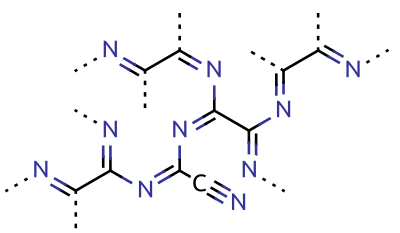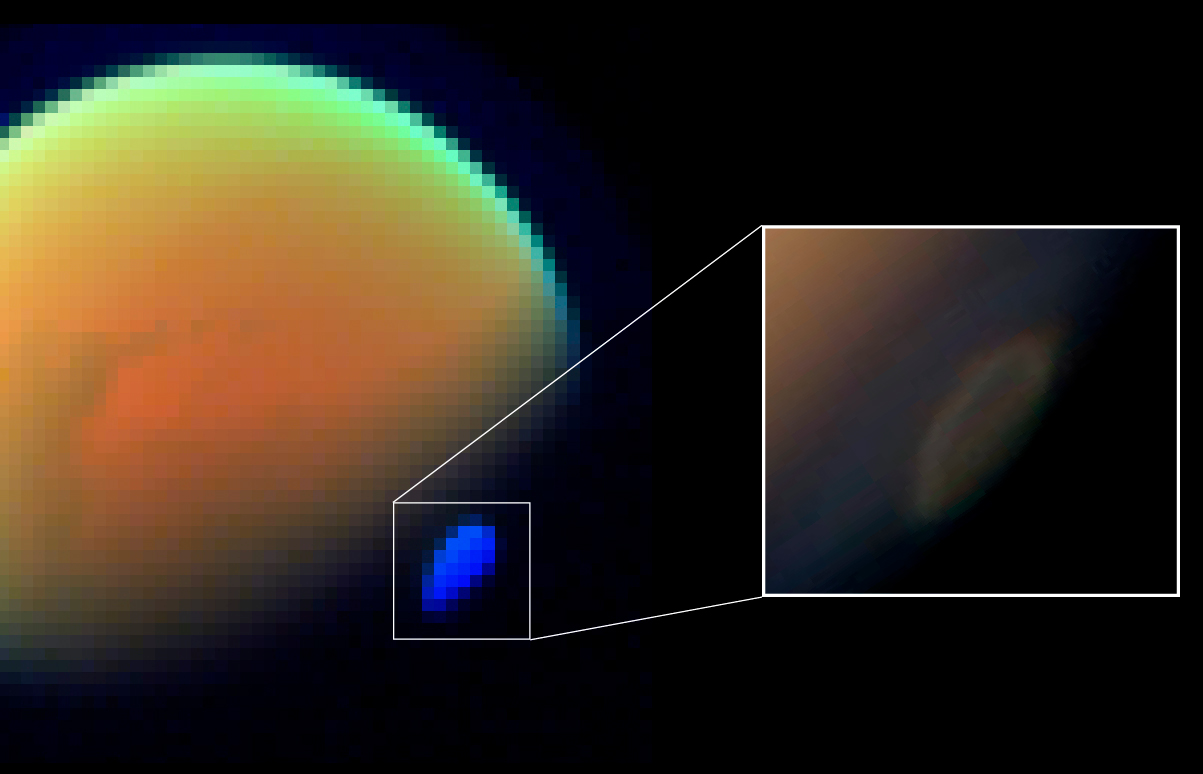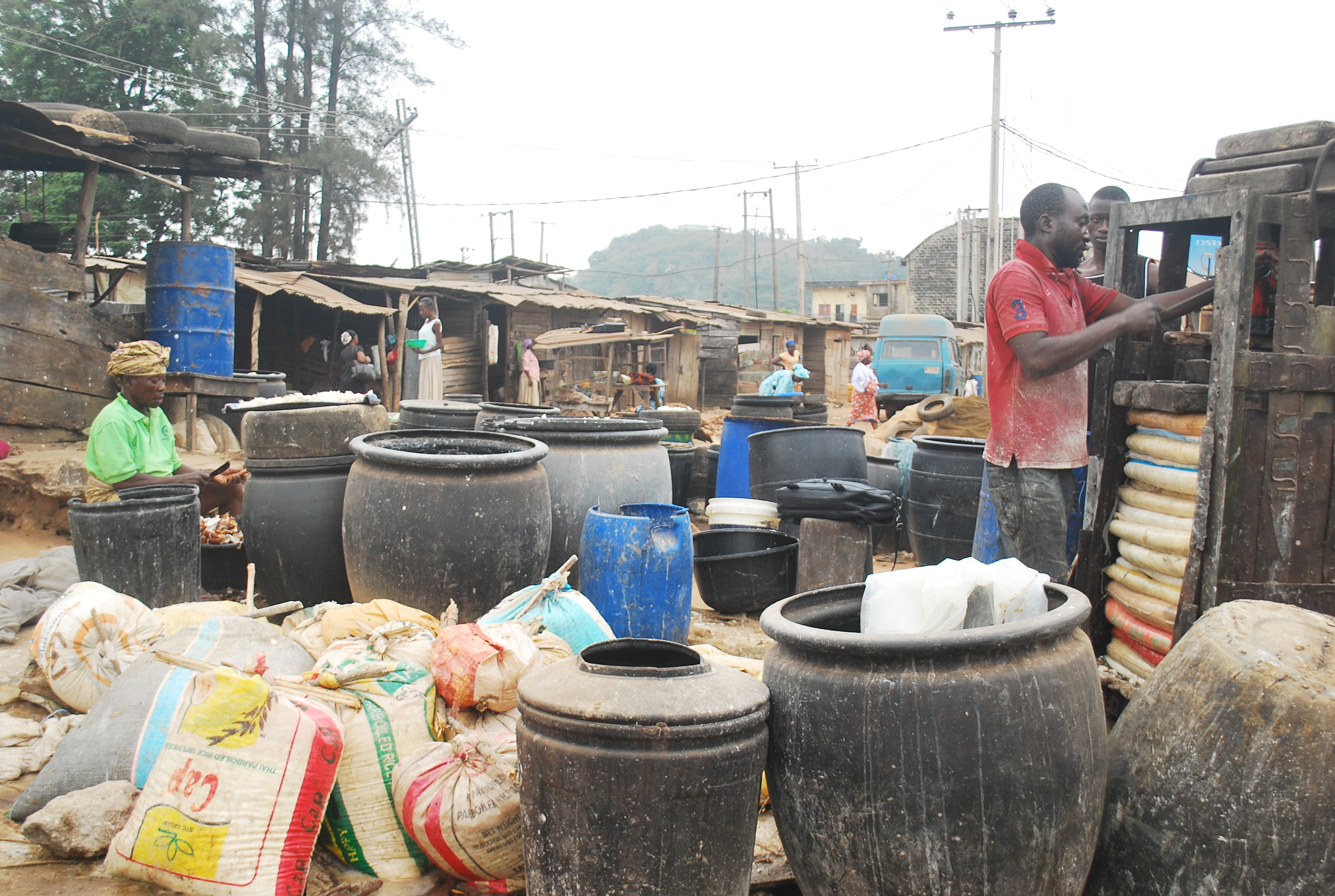|
Cyanogen
Cyanogen is the chemical compound with the chemical formula, formula . Its structure is . The simplest stable carbon nitride, it is a Transparency and translucency, colorless and highly toxic gas with a pungency, pungent odor. The molecule is a pseudohalogen. Cyanogen molecules are linear molecular geometry, linear, and consist of two CN groups ‒ analogous to diatomic halogen molecules, such as chlorine, Cl, but far less oxidizing. The two cyanide, cyano groups are bonded together at their carbon atoms, though other isomers have been detected. The name is also used for the CN radical, and hence is used for compounds such as cyanogen bromide () (but see also ''Cyano radical''). When burned at increased pressure with oxygen, it is possible to get a blue tinted flame, the temperature of which is about 4800°C (a higher temperature is possible with ozone). It is as such regarded as the gas with the second highest temperature of burning (after dicyanoacetylene). Cyanogen is the anhy ... [...More Info...] [...Related Items...] OR: [Wikipedia] [Google] [Baidu] |
Cyanogen Bromide
Cyanogen bromide is the inorganic compound with the chemical formula, formula BrCN. It is a colorless solid that is widely used to modify biopolymers, fragment proteins and peptides (cuts the C-terminus of methionine), and synthesize other compounds. The compound is classified as a pseudohalogen. Synthesis, basic properties, and structure The carbon atom in cyanogen bromide is bonded to bromine by a single bond and to nitrogen by a triple bond (i.e. ). The compound is linear and polar, but it does not spontaneously ionize in water. It dissolves in both water and polar organic solvents. Cyanogen bromide can be prepared by oxidation of sodium cyanide with bromine, which proceeds in two steps via the intermediate cyanogen (): : : When refrigerated the material has an extended shelflife. Like some other cyanogen compounds, cyanogen bromide undergoes an exothermic trimerisation to cyanuric bromide (). This reaction is catalyzed by traces of bromine, metal salts, acids and bases. ... [...More Info...] [...Related Items...] OR: [Wikipedia] [Google] [Baidu] |
Cyanogen Chloride
Cyanogen chloride is an inorganic compound with the formula . This triatomic pseudohalogen is an easily condensed colorless gas. More commonly encountered in the laboratory is the related compound cyanogen bromide, a room-temperature solid that is used in biochemical analysis and preparation. Cyanogen compounds are highly toxic. Synthesis, basic properties, structure Cyanogen chloride is a linear molecule with the connectivity , as are HCN and the related cyanogen halides ( FCN, BrCN, ICN). The carbon and chlorine atoms are linked by a single bond, and carbon and nitrogen by a triple bond. It is a linear molecule. Cyanogen chloride is produced by the oxidation of sodium cyanide with chlorine. This reaction proceeds via the intermediate cyanogen (). : The compound trimerizes in the presence of acid to the heterocycle called cyanuric chloride. Cyanogen chloride is slowly hydrolyzed by water at neutral pH to release cyanate and chloride ions: : Applications in synthesis Cyanog ... [...More Info...] [...Related Items...] OR: [Wikipedia] [Google] [Baidu] |
Cyanogen Iodide
Cyanogen iodide or iodine cyanide is a compound with the chemical formula . It is a pseudohalogen composed of iodine and the cyanide group. It is a highly toxic inorganic compound. It occurs as white crystals that react slowly with water to form hydrogen cyanide. The molecule of this compound is linear, having the structural formula . Synthesis Cyanogen iodide is prepared by combining and a cyanide, most commonly sodium cyanide in ice-cold water. The product is extracted with diethyl ether. : Applications Cyanogen iodide has been used in taxidermy as a preservative because of its toxicity. History Cyanogen iodide was first synthesized in 1824 by the French chemist Georges-Simon Serullas (1774–1832). Cyanogen iodide was considered one of the impurities in commercially sold iodine before the 1930s. Hazards Cyanogen iodide is toxic if inhaled or ingested and may be fatal if swallowed or absorbed through the skin. Cyanogen iodide may cause convulsions, paralysis and death fro ... [...More Info...] [...Related Items...] OR: [Wikipedia] [Google] [Baidu] |
Cyanogen Fluoride
Cyanogen fluoride (IUPAC name: carbononitridic fluoride) is an inorganic compound with the chemical formula . The molecule of this compound is linear, having the structural formula . It consists of a fluorine atom in a single bond with a carbon atom of a cyano group. It is a toxic and explosive gas at room temperature. It is used in organic synthesis and can be produced by pyrolysis of cyanuric fluoride or by fluorination of cyanogen. Synthesis Cyanogen fluoride, is synthesized by the pyrolysis of cyanuric fluoride (C3N3F3) at 1300 °C and 50 mmHg pressure; this process gives a maximum of 50% yield. Other products observed were cyanogen and . For pyrolysis, an induction heated carbon tube with an internal diameter of 0.75 inches is packed with 4 to 8 mesh carbon granules and is surrounded by graphite powder insulation and a water-jacketed shell. The cyanuric fluoride is pyrolyzed (becoming a pyrolysate) at a rate of 50g/hr, and appears as fluffy white solid collected in l ... [...More Info...] [...Related Items...] OR: [Wikipedia] [Google] [Baidu] |
Cyanogen Azide
Cyanogen azide is a chemical compound with the chemical formula , or more precisely . It is an azide compound of carbon and nitrogen. It is an oily, colourless liquid at room temperature. It is a highly explosive chemical that is soluble in most organic solvents, and normally handled in dilute solution in this form. It was first synthesised by F. D. Marsh at DuPont in the early 1960s. There had been earlier claims of discovering it as a crystalline solid, which were incorrect. Cyanogen azide is a primary explosive, although it is far too unstable for practical use as an explosive and is extremely dangerous outside dilute solution. Its use in chemistry has been as a reagent prepared ''in situ'' for use in the synthesis of chemicals such as diaminotetrazoles, either in dilute solution or as a gas at reduced pressure. It can be synthesised at below room temperature from the reaction of sodium azide with either cyanogen chloride or cyanogen bromide, dissolved in a solvent such as ... [...More Info...] [...Related Items...] OR: [Wikipedia] [Google] [Baidu] |
Hydrogen Cyanide
Hydrogen cyanide (formerly known as prussic acid) is a chemical compound with the chemical formula, formula HCN and structural formula . It is a highly toxic and flammable liquid that boiling, boils slightly above room temperature, at . HCN is produced on an industrial scale and is a highly valued Precursor (chemistry), precursor to many chemical compounds ranging from polymers to pharmaceuticals. Large-scale applications are for the production of potassium cyanide and adiponitrile, used in mining and plastics, respectively. It is more toxic than solid cyanide compounds due to its Volatility (chemistry), volatile nature. A solution of hydrogen cyanide in water (molecule), water, represented as HCN(aqueous, aq), is called ''hydrocyanic acid''. The Salt (chemistry), salts of the cyanide anion are known as cyanides. Whether hydrogen cyanide is an organic compound or not is a topic of debate among chemists, and opinions vary from author to author. Traditionally, it is considered ino ... [...More Info...] [...Related Items...] OR: [Wikipedia] [Google] [Baidu] |
Glycolonitrile
Glycolonitrile, also called hydroxyacetonitrile or formaldehyde cyanohydrin, is the organic compound with the formula HOCH2CN. It is the simplest cyanohydrin and it is derived from formaldehyde. It is a colourless liquid that dissolves in water and ether. Because glycolonitrile decomposes readily into formaldehyde and hydrogen cyanide, it is listed as an List of extremely hazardous substances, extremely hazardous substance. In January 2019, astronomers reported the detection of glycolonitrile, another possible Abiogenesis, building block of life among List of interstellar and circumstellar molecules, other such molecules, in outer space. Synthesis and reactions Glycolonitrile is produced by reacting formaldehyde with hydrogen cyanide at near-neutral pH, but with small amounts of catalytic base.Peter Pollak, Gérard Romeder, Ferdinand Hagedorn, Heinz-Peter Gelbke "Nitriles" ''Ullmann's Encyclopedia of Industrial Chemistry'' 2002, Wiley-VCH, Weinheim. Glycolonitrile polymerizes und ... [...More Info...] [...Related Items...] OR: [Wikipedia] [Google] [Baidu] |
Thiocyanic Acid
Thiocyanic acid is a chemical compound with the formula and structure , which exists as a tautomer with isothiocyanic acid (). The isothiocyanic acid tautomer tends to dominate with the compound being about 95% isothiocyanic acid in the vapor phase. : It is a moderately strong acid, with a p''K''a of 1.1 at 20 °C and extrapolated to zero ionic strength. One of the thiocyanic acid tautomers, HSCN, is predicted to have a triple bond between carbon and nitrogen. Thiocyanic acid has been observed spectroscopically. The salts and esters of thiocyanic acid are known as thiocyanates. The salts are composed of the thiocyanate ion () and a suitable cation (e.g., potassium thiocyanate Potassium thiocyanate is the chemical compound with the molecular formula KSCN. It is an important salt of the thiocyanate anion, one of the pseudohalides. The compound has a low melting point relative to most other inorganic salts. Uses Ch ..., KSCN). The esters of thiocyanic acid h ... [...More Info...] [...Related Items...] OR: [Wikipedia] [Google] [Baidu] |
Carbon Nitride
Carbon nitrides are organic compounds consisting only of carbon and nitrogen atoms. Covalent network compounds These materials are organic semiconductors. Due to its hydrogen-bonding motifs and electron-rich properties, this carbon material is considered a potential candidate for material applications in carbon supplementation. * Beta carbon nitride - a solid with a formula , which is predicted to be harder than diamond. * Graphitic carbon nitride - , with important catalytic and sensor properties. * Dicyanodiazomethane , the only isomer studied experimentally * Tricyanamide - monomer (has never been prepared yet) * Dicyanocarbodiimide - another monomer (was detected in products of photolysis of triazido-s-triazine). * - a combined triazole and triazine framework. * MCN-12 () and MCN-13 (). Azafullerenes * Azafullerenes are a class of heterofullerenes in which the element substituting for carbon is nitrogen. Examples include (biazafullerenyl),Hummelen et al, "Is ... [...More Info...] [...Related Items...] OR: [Wikipedia] [Google] [Baidu] |
Acetonitrile
Acetonitrile, often abbreviated MeCN (methyl cyanide), is the chemical compound with the formula and structure . This colourless liquid is the simplest organic nitrile (hydrogen cyanide is a simpler nitrile, but the cyanide anion is not classed as organic). It is produced mainly as a byproduct of acrylonitrile manufacture. It is used as a polar aprotic solvent in organic synthesis and in the purification of butadiene. The skeleton is linear with a short distance of 1.16 Å. Acetonitrile was first prepared in 1847 by the French chemist Jean-Baptiste Dumas. Applications Acetonitrile is used mainly as a solvent in the purification of butadiene in refineries. Specifically, acetonitrile is fed into the top of a distillation column filled with hydrocarbons including butadiene, and as the acetonitrile falls down through the column, it absorbs the butadiene which is then sent from the bottom of the tower to a second separating tower. Heat is then employed in the separa ... [...More Info...] [...Related Items...] OR: [Wikipedia] [Google] [Baidu] |
Cyanide
In chemistry, cyanide () is an inorganic chemical compound that contains a functional group. This group, known as the cyano group, consists of a carbon atom triple-bonded to a nitrogen atom. Ionic cyanides contain the cyanide anion . This anion is extremely poisonous. Soluble cyanide salts such as sodium cyanide (NaCN), potassium cyanide (KCN) and tetraethylammonium cyanide () are highly toxic. Covalent cyanides contain the group, and are usually called nitriles if the group is linked by a single covalent bond to carbon atom. For example, in acetonitrile , the cyanide group is bonded to methyl . In tetracyanomethane , four cyano groups are bonded to carbon. Although nitriles generally do not release cyanide ions, the cyanohydrins do and are thus toxic. The cyano group may be covalently bonded to atoms different than carbon, e.g., in cyanogen azide , phosphorus tricyanide and trimethylsilyl cyanide . Hydrogen cyanide, or , is a highly volatile toxic liquid tha ... [...More Info...] [...Related Items...] OR: [Wikipedia] [Google] [Baidu] |
Acetone Cyanohydrin
Acetone cyanohydrin (ACH) is an organic compound used in the production of methyl methacrylate, the monomer of the transparent plastic polymethyl methacrylate (PMMA), also known as acrylic. It liberates hydrogen cyanide easily, so it is used as a source of such. For this reason, this cyanohydrin is also highly toxic. Preparation In the laboratory, this compound may be prepared by treating sodium cyanide with acetone, followed by acidification: : Considering the high toxicity of acetone cyanohydrin, a lab scale production has been developed using a microreactor-scale flow chemistry to avoid needing to manufacture and store large quantities of the reagent. Alternatively, a simplified procedure involves the action of sodium or potassium cyanide on the sodium bisulfite adduct of acetone prepared ''in situ''. This gives a less pure product, one that is nonetheless suitable for most syntheses. Reactions Acetone cyanohydrin is an intermediate en route to methyl methacrylate. T ... [...More Info...] [...Related Items...] OR: [Wikipedia] [Google] [Baidu] |




